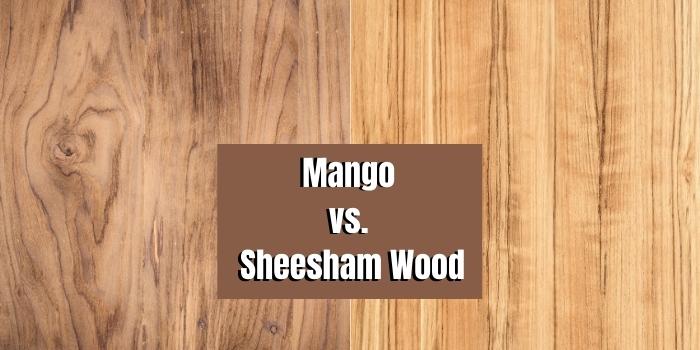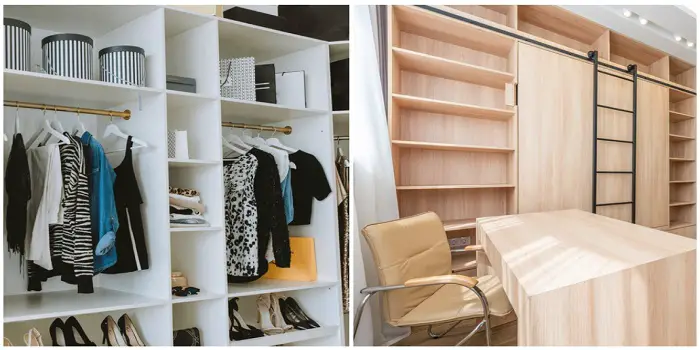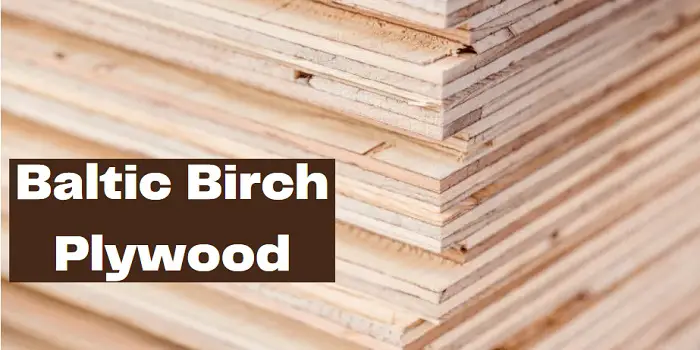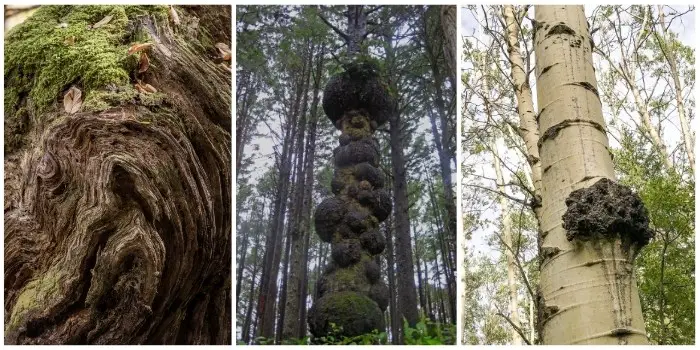
A lot of thought goes into decorating our home; of course, you want to get everything right. The feeling intensifies when it is your own house, and you must handpick each item. The same goes for picking out your wood furniture.
Speaking of furniture, the type of wood plays a vital role. It is normal for you to ask what burl wood is and how it is different from other wood.
To a non-expert, wood is wood. But that is not the case at all. Aside from wood, there is a massive difference between timber and burl wood or burl wood slabs.
So, if you want to know more about burl wood and whether it is worth investing in, read ahead.
What is Burl Wood?
Burl wood might seem like a new word, but it is something you have probably already seen.
If you watch the trees while walking through a forest, you might notice strange growth on the sides of the trees. This big, knob-like growth is called a burl.
Uses
Burl wood is typically used for making a range of decorative items, including bowls, small containers, pen holders, letter openers, gun handles, candle holders, etc.
Due to the beautiful grains and patterns, creating furniture out of burl wood is now gaining a trend.
It’s used for making luxury furniture items, including coffee tables, desk ornaments, wall signs, picture frames, etc.
And since the wood comes with water-resistant qualities, it is also a preferred choice for making outdoor furniture as well.
Technically speaking, you can build anything related to art and décor with this type of creative wood – thanks to its unique grain patterns and burls that stand each workpiece apart from one other.
A few other most common items that burl wood is used in the making include:
a) Jewelry: for making unique pieces of wooden necklaces, rings, bracelets, tiaras, etc.
b) Auto Interiors: for making decorative interiors (such as dashboards, steering wheel hubs, door panels, etc.) for cars, campervans, motorhomes, RVs, etc.
c) Wood Sculptures: for carving and creating artistic sculptures
d) Musical Instruments: for making high-end musical instruments such as guitars, oboes, drums, etc.
Besides all the above, burl wood is now also used for making ornate cutlery, bowls, plates, salad forks, etc., for your guests.
Although most burl wood varieties are food safe and can be used in the kitchen, it’s recommended to coat your pieces with a nice layer of epoxy resin.
Allow it to cure completely before you use them in your kitchen.
Different types
Based on the patterns, species, and varieties of trees the burl grows on, there can be different types of burl woods available.
Some of the most common ones include:
1. Ash burl wood: Comes from ash trees, and this type of burl wood is known for its light creamy color patterns
2. Birch burl wood: It’s lightweight and resistant to cracking. It comes with bright yellow color with some circular dark brown grain patterns
3. Cherry burl wood: It’s strong and easy to work with (by both hand and machine tools). It’s known for the lighter, creamier hue that looks on furniture.
4. Elm burl wood: It’s known for its hardness, and the color usually ranges from light brown to dark red.
5. Maple burl wood: It’s noted for softer colors (brown, cream, tan, etc.) with more intricate patterns.
6. Oak burl wood: It’s known for the creamy tan to golden brown colors that comes with intricately patterned grain, much like the swirls of classic marble.
7. Redwood burl wood: It comes from a Redwood tree and is known for its beauty with reddish-brown colors.
8. Walnut burl wood: It’s popular for beautiful grain patterns with interesting colors that range from rich light chocolate brown to dark brown.
In addition to the above, there are also the types of wood burls that are less common and rare.
These include a layered burl, stump burl, bird’s eye burl, and lace burl.
While lace burls form a lacy pattern and have small curls and burls in the grain, bird’s-eye burl comes with a unique pattern that features dark, small, tightly packed burls on the cut surface of the wood that resembles “eyes.”
Where is it found?
Burls are mostly seen where branches are broken or around tree trunk bases as a large ball. You can also find them in some underground tree tissues.
Interestingly enough, the growth of burls is not specific to any one type of species. However, they are popularly seen growing in walnut, elm, maple, oak, cherry, and ash trees.
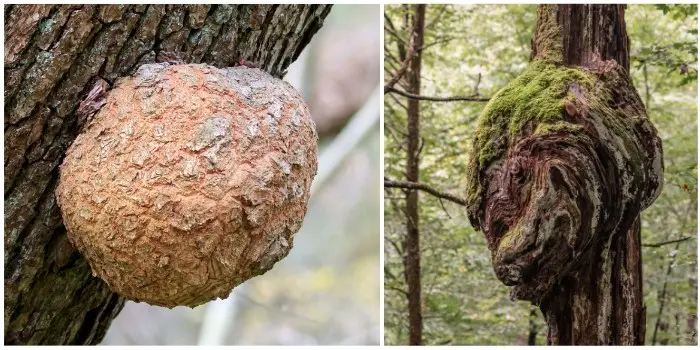
Why Do Burls Actually Grow On Trees?
There are two leading causes of burl growth on trees, i.e., injury and tumor growth.
Burl usually occurs when the tree goes through some stress. The stress could result from an injury, a fungal infection, or a virus.
The stress disrupts the trees’ growth hormones, producing the colorful lumps and swirls we have come to love.
If we talk more about burl wood, it is essentially a collection of tree cells called callous tissues.
The growth occurs due to storms, insect attacks, environmental damage, or pruning. In these situations, the tree is damaged.
For the callous tissue to heal, the tree forms a burl. The same chemicals do not control the growth of burls as callus growth.
As such, burls grow at a faster rate than other tree cells. It’s why you will find that the growth of burls is unpredictable in unique shapes.
How Much is a Burl Worth – Is it Valuable?
Before telling you how much a burl is worth, you first need to understand why burl wood is sought after.
To begin with, compared to new or second-growth pieces, burl wood is considered old-growth. It means that the burly pieces have no sapwood in them.
Old-growth pieces have three features that make them more desirable, distinct color, burly grain, and mineral staining or voids.
Old wood is identified anywhere because of its coloration and burly grain; the dark grain in burl wood makes it stand out.
As for mineral staining, the burl or tree is submerged in the water for an extended period.
On top of that, no two burly pieces share the same characteristic. It means that each piece is unique to itself.
The fact that there will never be another burly piece that looks the same makes burl wood even special.
How much are tree burls worth?
The worth of a burl depends on its type. Most burls, including layered burls, are not as valuable. However, large-eyed burls are of a lot of value.
As the burl grows as a part of the tree, the grain flow is more prominent.
In addition, eyed burls are primarily free from bacterial infections, fungus, and mold, with rot content at manageable levels.
All of these make eyed burl more attractive and easier to work with.
Depending on the size, condition, and species, eyed burl in good condition can bring in about $25 to $200.
Medium or low-grade oak and walnut burls, for example, can be sold for $1.50 per pound, while high-end burls can be sold for $3 or $4 per pound.
Given that burls can weigh a couple of thousand pounds, you should be earning a good amount enough to break even.
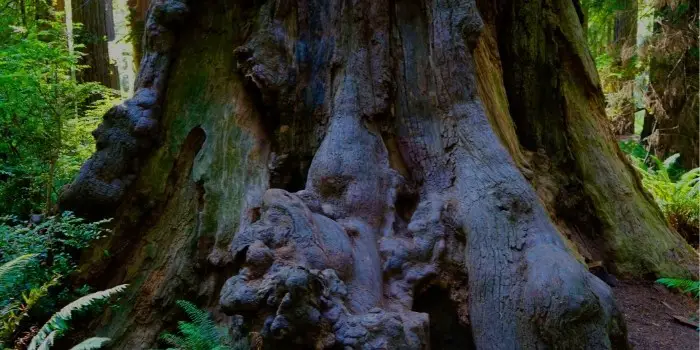
How to Cut and Harvest Burl Wood Without Damaging the Tree?
Burls are formed as a response to stress. So, if the burl is stripped off of the tree without ensuring enough protection for the trees, they could very well die.
As such, a lot of planning needs to be done as not to rush cutting the burl.
Before you begin, it is better to refer to a specialist in the field or even a woodsman who has relevant experience.
Once you get the knowledge, the process of removing a small burl is pretty straightforward.
You just have to cut below where the burl is attached to the tree. Removing larger burls is not as easy.
You will need to cut the burl wood with two slices, a few inches above the knot and a few inches below.
Try not to cut any of the wood, as the more the wood, the slower the drying process.
You need to ensure that the burl does not dry out before you have time to use it. On top of keeping enough wiggle room, you can brush the edges with latex paint.
Let the paint dry and store the wood outside out of direct sunlight. You can even cut the burl into rough shapes to get the air out of the piece.
However, keep in mind that the wood shrinks as it dries.
FAQs
What is the most expensive burl wood?
Amboyna burl is the most expensive burl wood because it is rare and exotic. Because of its beauty as well as cost, it was also first used for Rolls Royce’s dashboards.
Camphor Burl is another rare burl that is highly prized. Most of these rare burls are native to Southeast Asia and also from countries that receive regular rainfall.
What exactly is inside a wood burl?
The truth is, no one really knows for sure. Burls are formed when the tree’s cells begin to grow out of control.
As the cells multiply, they create a mass of tissue that is unlike anything else in the tree. This mass can eventually become large enough to distort the shape of the trunk or branches.
Scientists have theorized that wood burls may be caused by stress, disease, or even insects, but the exact cause is still a mystery.
While we may not know exactly what causes wood burls, there is no doubt that they are fascinating growths.
The next time you see one, take a closer look and try to imagine what could be hiding inside.
How Do You Identify High-Quality Burl Wood?
There are a few things you can look for when trying to identify high-quality burl wood.
First, check the shape of the burl. Round or oval burls are typically of higher quality than those that are irregular in shape.
Second, look at the surface of the burl. The best burls will have a smooth surface with a consistent pattern of bumps and ridges.
Finally, touch the burl to see if it feels dry and firm or wet and spongy. Wet and spongy burls are more likely to contain rot and should be avoided.
With these tips in mind, you should be able to find some high-quality burl wood for the project you’re out exploring.
Final Thoughts
Burl woods contain wonderful grain patterns. Everything about them is enough to make you wonder about their worth.
The unique and complex design of Burl wood makes it more attractive.
You can find burl wood starting from $25 to $5000 or more, depending on its age, pattern, and overall quality. Just be sure to consult an expert to avoid hurting the tree.

Hi, I am Mark Garner a professional carpenter, woodworker, and DIY painter. I live in the small city of Peoria, Arizona as a semi-retired woodworker. I have started this blog with a simple motive to help you with my wood experience in this sector. If you like to know more about what I love doing and how it all got started, you can check more about me here.


